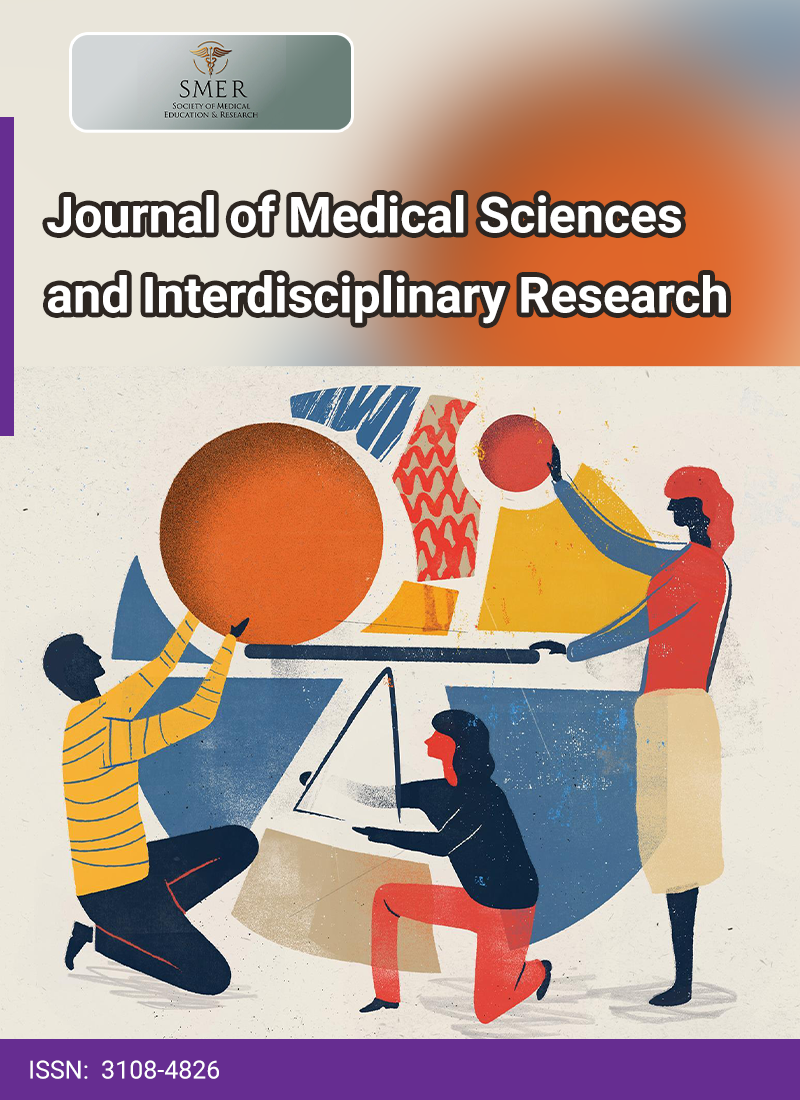
Retinal vessels are vulnerable to damage from a variety of factors, including retinal tears, retinal detachment, sickle cell disease, macular degeneration, aneurysms, trauma, and venous occlusion, which can lead to retinal bleeding, commonly referred to as vitreous hemorrhage. This review highlights the advances made in the treatment of vitreous hemorrhage. This review was based on articles selected from the PubMed database, using the following key terms: diagnosis, vitreous hemorrhage, risk factors, pathophysiology, clinical features, and management. Vascular injury usually occurs in the space around the vitreous body, often caused by trauma to the retina or vessels or ischemic conditions resulting from abnormal blood vessel formation. Prompt diagnosis and intervention are critical, especially in cases where vision has deteriorated or there is persistent bleeding. Treatment options include observation, laser therapy, cryotherapy, anti-vascular endothelial growth factor injections, and vitrectomy. While vitreous hemorrhage can sometimes resolve spontaneously, restoring vision, rapid diagnosis, and appropriate management are essential to prevent severe, permanent visual impairment in certain cases.